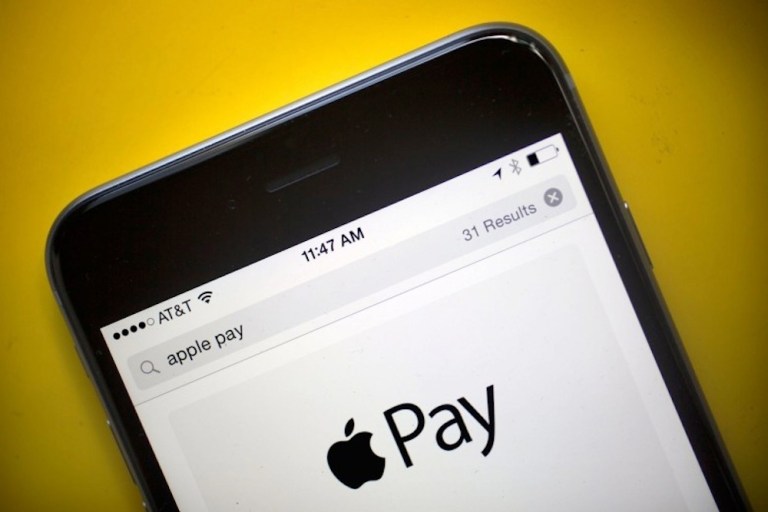
Cash as king in the Land Down Under? Cash as the conduit to Apple Pay inroads in the Land Down Under?
News came this week that Apple Pay has support for dual-network debit cards. As noted previously, the default option that had been in place – for Visa payments – had a fee structure that levied a charge for electronic payments. That fee was otherwise not in place if customers presented a physical card.
Now there is the “choose payment option” rendered on a dual-network card through which Apple Pay users can opt for Visa or EFTPOS. The latter is an electronic payment system that is tied to debit or credit cards presented at the point of sale.
The dual-network card is loaded the same way as has been seen with other payment choices, through the iPhone’s Wallet app. It should be noted here that EFTPOS is available only in Australia, so perhaps this can be viewed as a specific strategy to drive Apple Pay adoption in at least one market.
Sites such as 9to5mac.com have noted there is another offering that comes with Apple Pay: Those who wield debit cards are able to get cash out at the point of sale – as in hard currency. Giving consumers that “cash out” option, as stated by the site, comes as consumers are also able to choose between checking or savings accounts as they are linked to Apple Pay. The debit cards are the Access Advantage Visa debit cards from ANZ, via the largest banking relationship the tech giant has in the country, where the company has said there are three million cardholders.
The relationship seems an important one to cement, since other banks such as CBA have opted not to offer Apple Pay. The new wrinkle, where EFTPOS is on offer, will likely be adopted by banks that do sign onto Apple Pay in Australia. For EFTPOS, the linkup has a strategic bent, too, as cash-out activity is now done through digital means – and also, as 9to5mac said, eliminates at least some need to pull out a plastic card (aka the hallmarks of Visa and Mastercard) upon transacting.
Apple Pay certainly has its work cut out for it – as noted several times in this space, the percentage of smartphone users who have tried the payments offering since its inception more than four years ago stands stuck in the low teens percentage rate, and its usage for eligible transactions also seems stuck at a very low single-digit rate – a paltry 3 percent at the end of 2017.